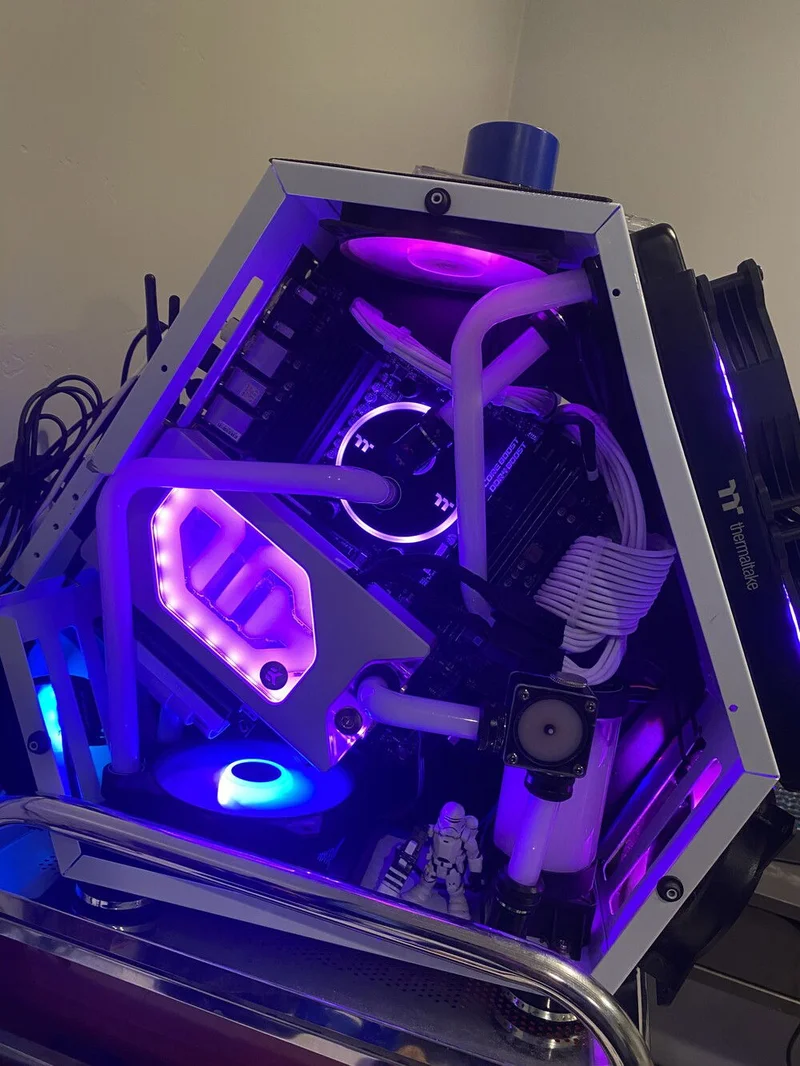So, a DeFi Protocol Grew Up and Put on a Suit. Are We Supposed to Be Impressed?
*
Well, would you look at that. Hyperliquid, the decentralized casino that’s been absolutely printing fees, has decided to go legit. Or at least, it’s trying on the costume. 21Shares, one of the big boys in the crypto ETP game, just filed paperwork with the SEC to launch a Hyperliquid ETF. They even trotted out Coinbase and BitGo as custodians, like bringing your two most respectable friends to meet your skeptical in-laws.
The whole thing is being pitched as a "passive" fund. Passive. They use that word like it's some kind of magic incantation to ward off the inherent, gut-wrenching volatility of this space. Let’s be real: there is nothing "passive" about an asset that just a few days ago had its volatility put on full display, a story perfectly captured by the headline How a Bot Glitch Sent Hyperliquid’s HYPE Token Soaring to $98. Or one that’s seen a 1,140% surge since last November. This is like calling a rollercoaster a "passive transportation experience." Give me a break.
The funniest part? The token, HYPE, actually dropped on the news. The market, for once, seemed to agree with me. All this effort to dress up for Wall Street, and the degens who actually trade this stuff couldn't have cared less. It’s a perfect little snapshot of the identity crisis at the heart of crypto: is it a revolution, or is it just another asset class begging for institutional approval? And does slapping an ETF label on something fundamentally change its DNA?
Let’s not forget how Hyperliquid got here. It didn’t build its empire on "tax efficiency" and "daily holdings disclosures." It built it by becoming the new king of the crypto casino, specifically the high-roller room for perpetual futures.
Earlier this year, everyone was losing their minds over Solana. The memecoin frenzy was in full swing, and SOL was generating over half the fees of all major Layer 1s combined. It was the talk of the town. Now? Solana accounts for a measly 9%. Hyperliquid, which was barely a blip on the radar, now rakes in over 40% of the fees. It didn't out-innovate Solana; it just built a more efficient way to gamble. Memecoin trading is like playing the slots—loud, flashy, and you pull the lever a thousand times hoping for a small win. Derivatives trading is like a no-limit poker game where someone can lose their entire stack in a single hand.

And boy, do they ever. Just the other day, the platform made headlines when Hyperliquid sees largest single liquidation order at $21.4M in BTC-USD. One person, one trade, wiped out. That’s the engine under Hyperliquid’s hood. It’s not some grand vision for decentralized finance. It’s a high-performance machine for leveraged bets and brutal liquidations. Its success is a direct measure of market volatility and trader pain. This is a bad thing. No, "bad" doesn't cover it—this is the entire predatory model of finance supercharged with blockchain buzzwords.
So when I see Bitget Wallet's CMO talking about "simplifying access to one of crypto's fastest-growing ecosystems," I have to laugh. The quote is so perfectly bland, so utterly devoid of meaning. Every crypto press release sounds like it was written by the same AI that generates motivational posters. What he really means is, "We're making it easier for our 80 million users to get liquidated on Hyperliquid." At least that would be honest.
The whole spectacle is just… predictable. A project gets hot, makes a ton of money through raw, unfiltered speculation, and then immediately pivots to trying to look respectable for the big-money investors. They start using words like "infrastructure" and "programmable finance" and hope everyone forgets that its primary use case is letting people bet the farm on where Bitcoin is going in the next five minutes.
The HYPE token itself is the youngest crypto asset to ever have an ETF application. The youngest. They’re practically rushing it from the cradle to the stock exchange, hoping no one notices the glitches and the astronomical volatility still clinging to it. The ETF filing is a marketing document, a signal that says, "Hey, we're safe now! The adults are here!" But the platform's $1.5 trillion in trading volume wasn't generated by people looking for a safe, passive investment. It was generated by traders, bots, and gamblers looking for action.
What happens when the volatility dies down? What if another, even more degenerate casino opens up next door with better odds or shinier tokens? Solana's fade from glory should be a cautionary tale. Attention in this space is fleeting, and loyalty is non-existent. Users will flock to wherever the action is, and right now, the action is on Hyperliquid. But for how long? They’re building this whole narrative of legitimacy, and for what... to eventually become as boring and irrelevant as the banks they claim to be replacing? Then again, maybe I'm the crazy one. Maybe packaging this chaos into a neat little ETF is the most brilliant grift of all.
Offcourse, the SEC is so backed up from a government shutdown they probably won't even look at this filing for months. By then, the entire landscape could have shifted again.
At the end of the day, putting a suit on a pig doesn't change the fact that it's a pig. Hyperliquid can file for all the ETFs it wants, but it doesn't change what it is: a brutally efficient, high-stakes gambling platform. It’s not the future of finance; it’s just the latest, hottest table in a casino that never closes. And this push for mainstream acceptance isn't about innovation. It's about finding a whole new class of people to take money from.